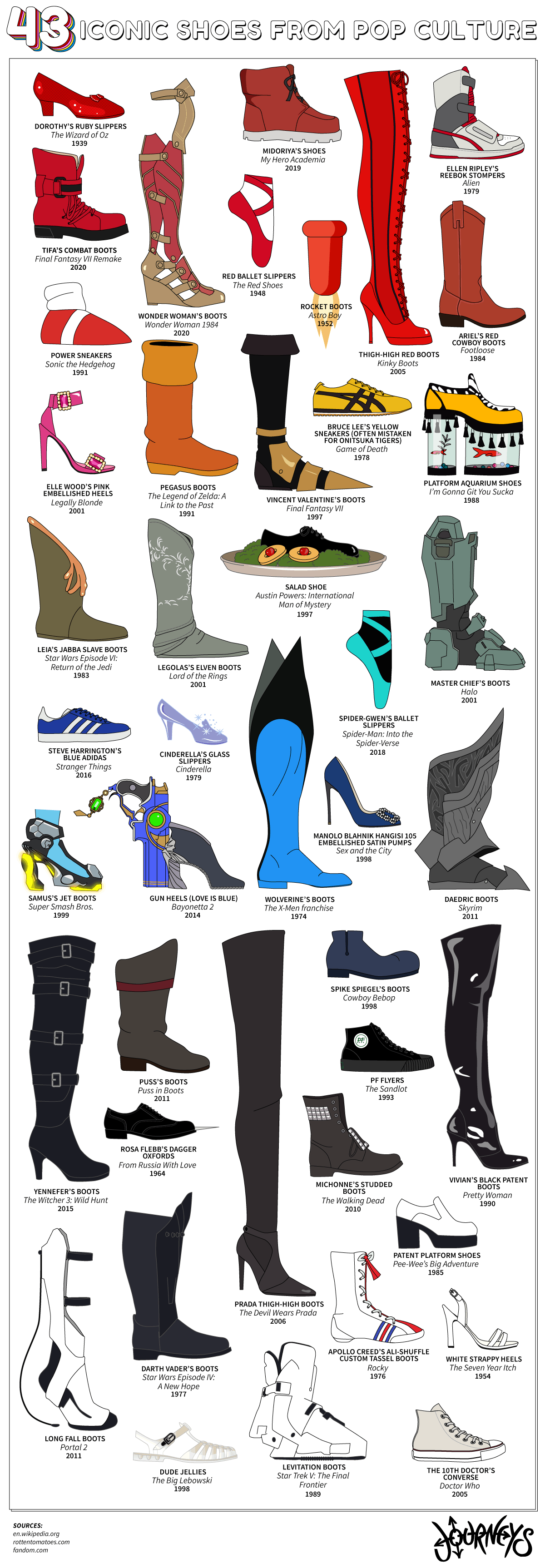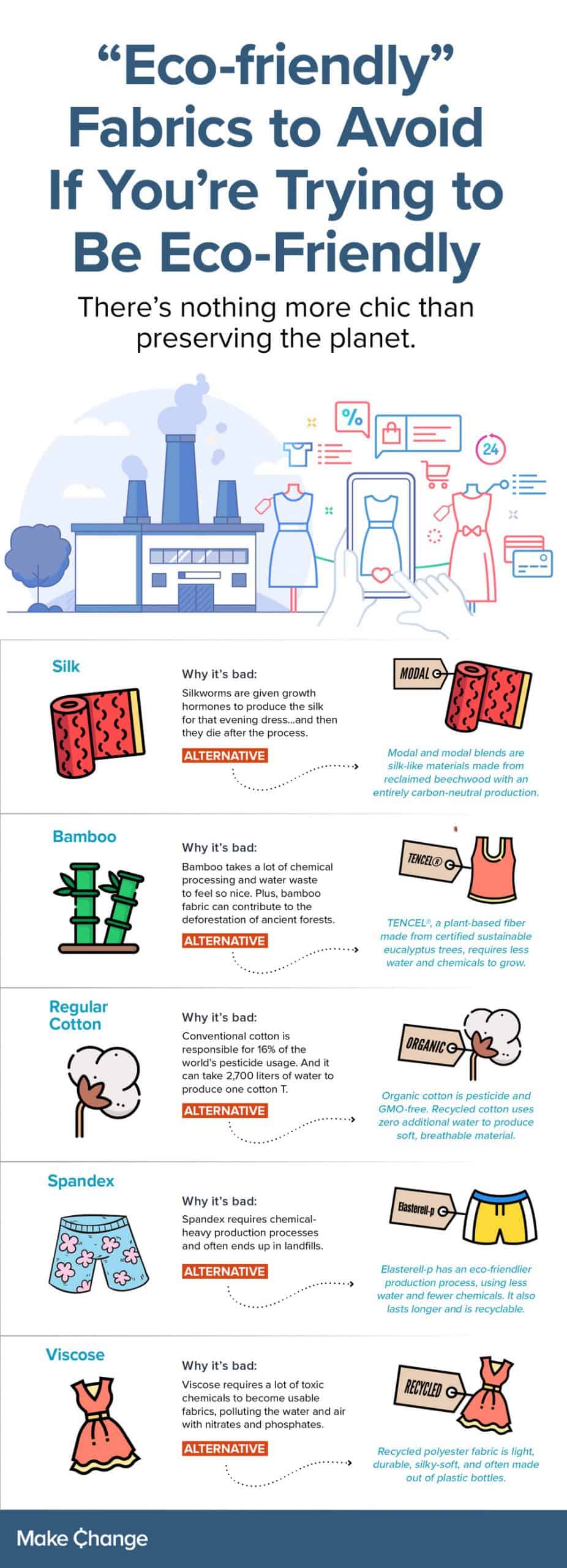
Vintage fashion has long been popular on sites such as Tumblr and Instagram; people enjoy looking at pretty dresses in sepia-tinted photographs. But have you ever wondered about the interplay between fashion and business and how dress codes have changed since the 1950s?
Nowadays, office dress codes, unlike dress codes for formal occasions, aren’t usually too hard to decode. Looking back over the decades, though, you can see a significant evolution in both men’s and women’s business attire.
In the 1950s, for example, men tended to wear grey flannel suits with high-waisted pants, striped ties, cufflinks, and heavy oxfords, while women (only 34% of whom were in the workforce) wore slim-fitting skirt suits as popularized by Chanel, with cropped jackets and contrast outlines. It’s evident that workwear has become much less formal in the decades since, with jeans and hoodies becoming increasingly acceptable at any offices.
While many fashion retrospective focus on the most unique trends of each decade, this infographic is particularly interesting because it focuses on professional, acceptable office dress codes. As a result, the prevailing trends of each decade are gently reflected in more subtle touches: for example, 60s mini skirts become knee-length shift dresses, and 70s bell-bottoms become wider pant legs for men’s suits. A good lesson, then, in how you can tone any bold trend down and make it office-friendly.





